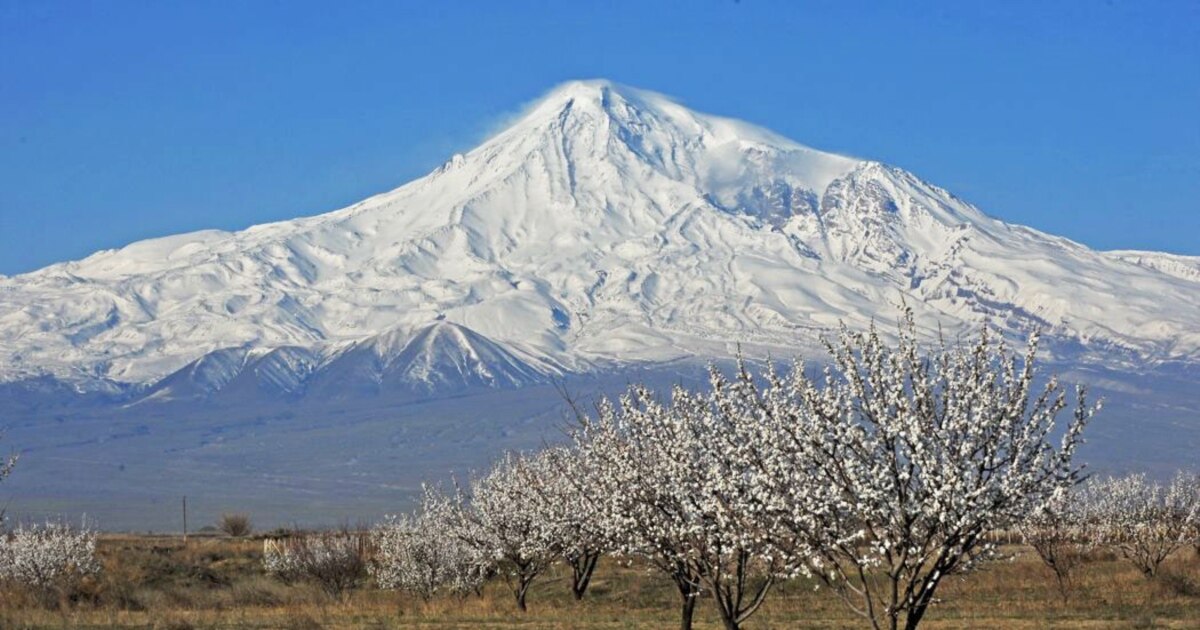Re: Agriculture
Եղանակային տատանումները գյուղատնտեսությանը չեն վնասել. Գառնիկ Պետրոսյան
Մարտ 22, 2013
Մարտի առաջին կեսին տեղի ունեցած եղանակային կտրուկ տատանումներն առայժմ գյուղատնտեսությանը վնաս չեն հասցրել: Այդ մասին այսօր` մարտի 22-ին լրագրողների հետ հանդիպման ժամանակ ասաց ՀՀ գյուղատնտեսության փոխնախարար Գառնիկ Պետրոսյանը:
Մասնավորապես` դիտարկումները ցույց են տալիս, որ Արարատյան դաշտի որոշ շրջաններում ծաղկած վաղահաս ծիրանիները եւ բացված խախողի տնկիները չեն տուժել: Բարեբախտաբար` չիրականացան նաեւ առատ տեղումների ու դրանց հետ կապված հեղեղումների վտանգները: Ըստ Գ. Պետրոսյանի` բարվոք վիճակում է նաեւ աշնանացանի ձմեռացման ընթացքը: Սակայն փոխնախարարը չհերքեց, որ մինչեւ ապրիլի վերջ դեռ եղանակային պայմանները կարող են անականկալներ մատուցել, ուստի դեռ վաղ է խոսել սպասվելիք բերքի մասին:
Եղանակային տատանումները գյուղատնտեսությանը չեն վնասել. Գառնիկ Պետրոսյան
Մարտ 22, 2013
Մարտի առաջին կեսին տեղի ունեցած եղանակային կտրուկ տատանումներն առայժմ գյուղատնտեսությանը վնաս չեն հասցրել: Այդ մասին այսօր` մարտի 22-ին լրագրողների հետ հանդիպման ժամանակ ասաց ՀՀ գյուղատնտեսության փոխնախարար Գառնիկ Պետրոսյանը:
Մասնավորապես` դիտարկումները ցույց են տալիս, որ Արարատյան դաշտի որոշ շրջաններում ծաղկած վաղահաս ծիրանիները եւ բացված խախողի տնկիները չեն տուժել: Բարեբախտաբար` չիրականացան նաեւ առատ տեղումների ու դրանց հետ կապված հեղեղումների վտանգները: Ըստ Գ. Պետրոսյանի` բարվոք վիճակում է նաեւ աշնանացանի ձմեռացման ընթացքը: Սակայն փոխնախարարը չհերքեց, որ մինչեւ ապրիլի վերջ դեռ եղանակային պայմանները կարող են անականկալներ մատուցել, ուստի դեռ վաղ է խոսել սպասվելիք բերքի մասին:








Comment